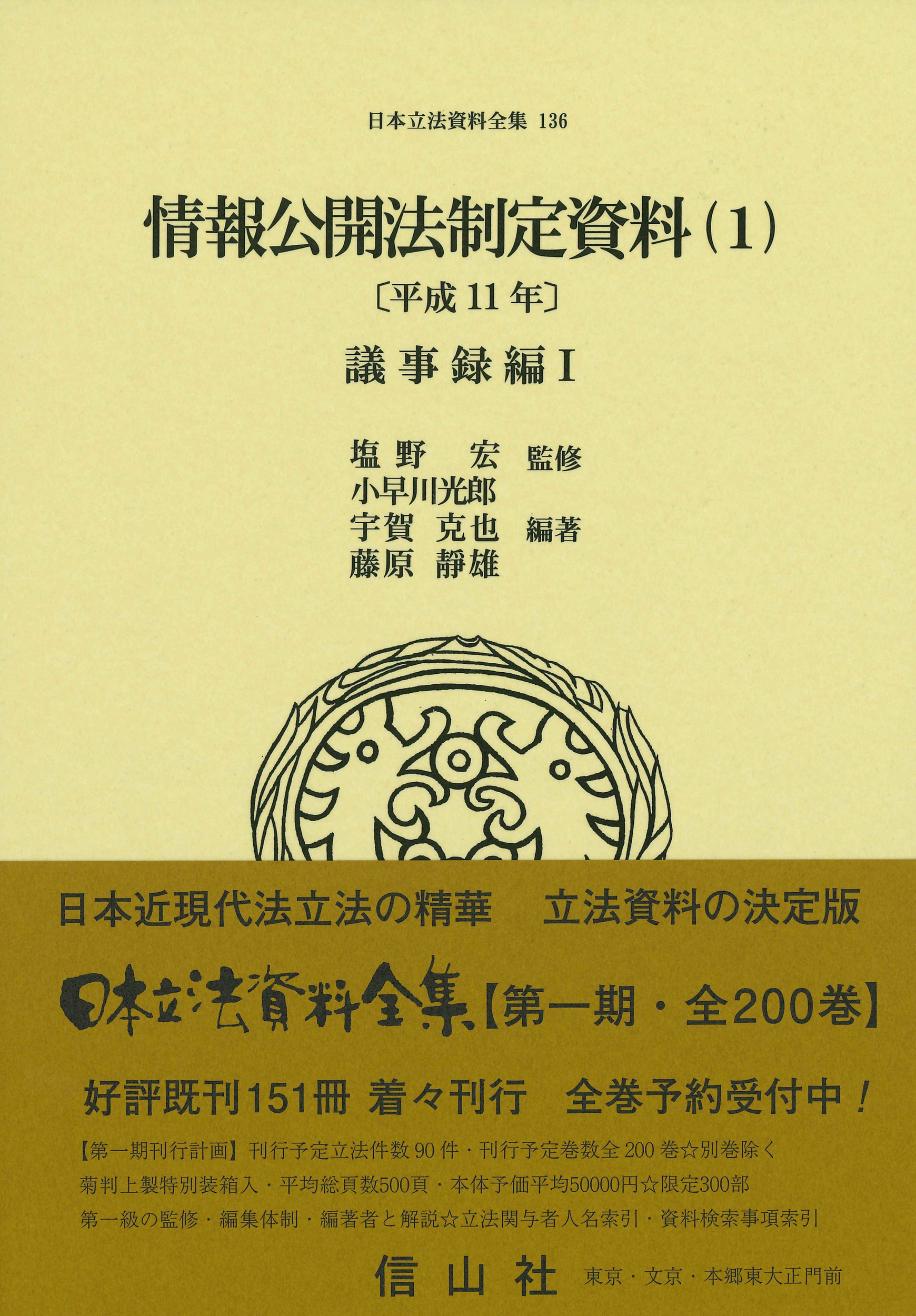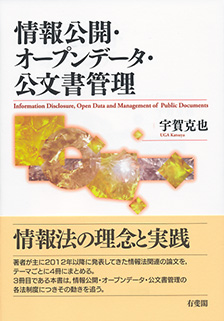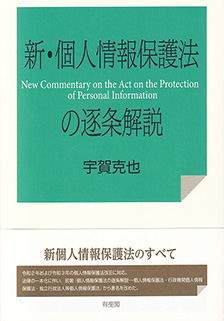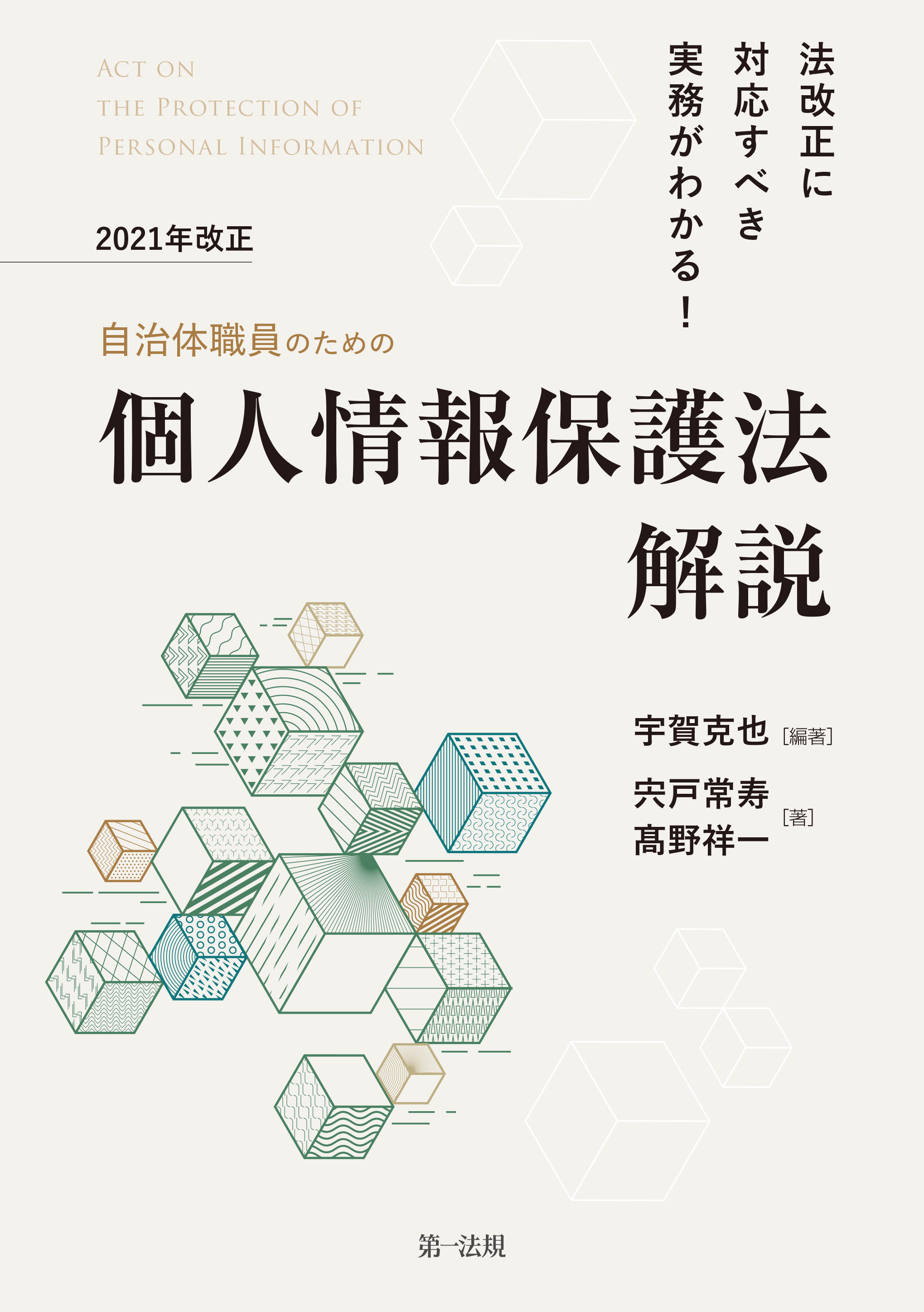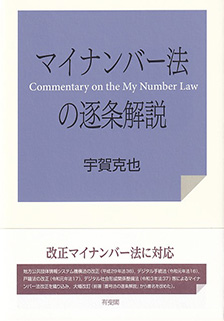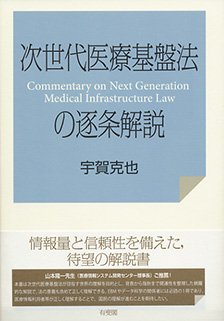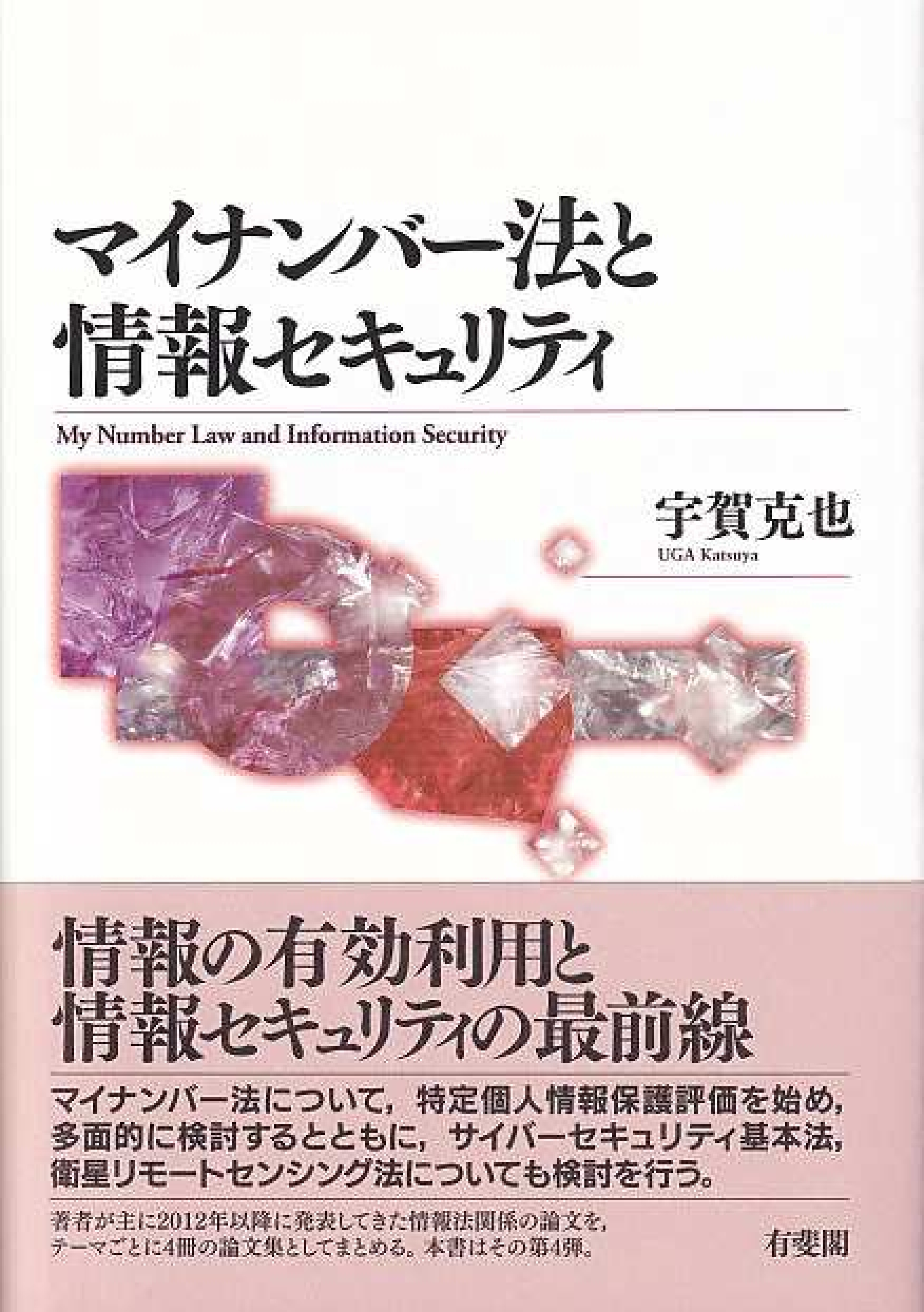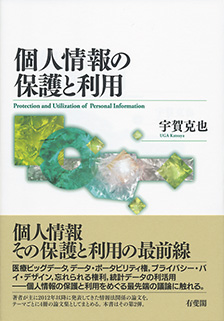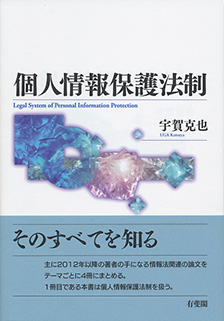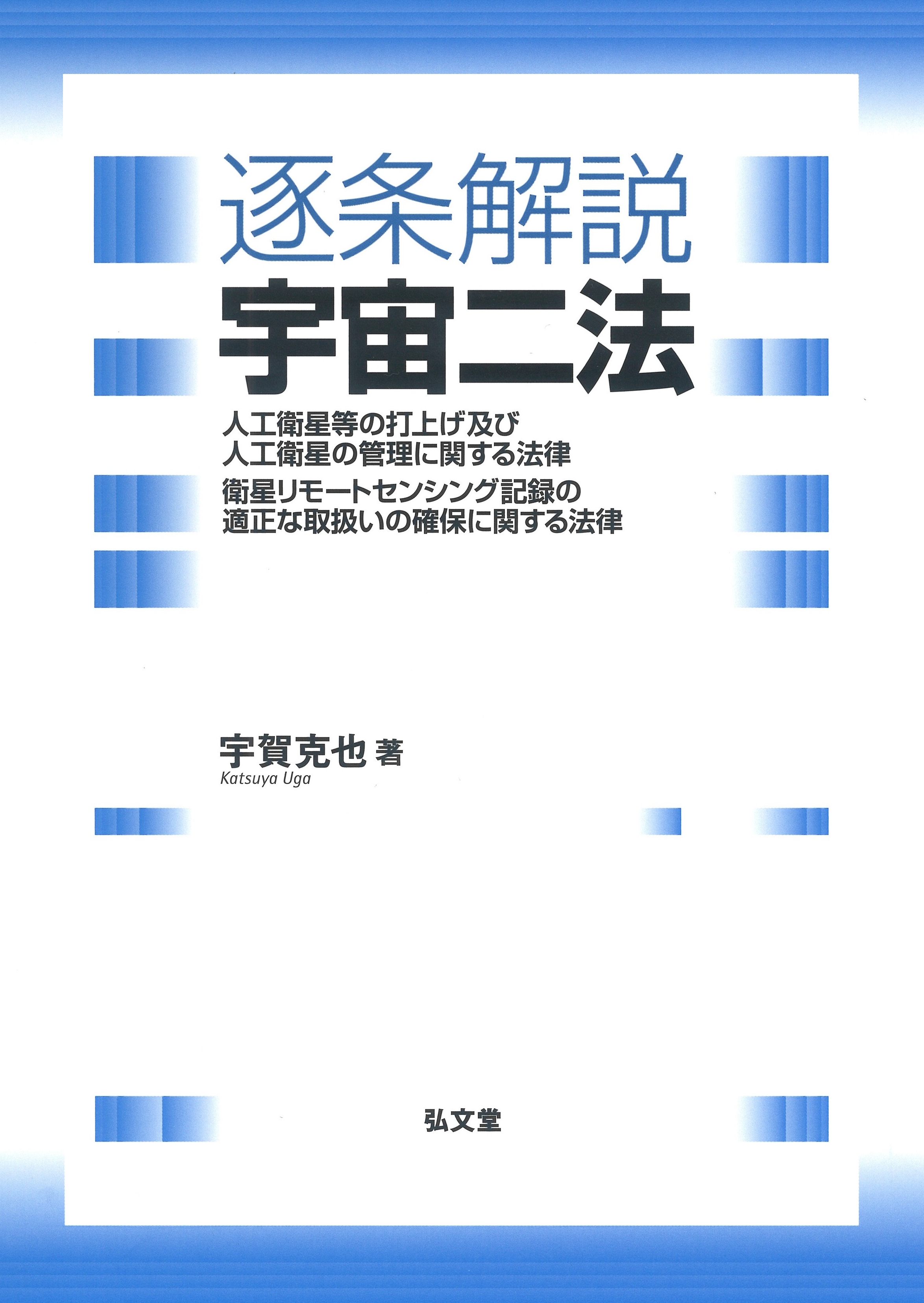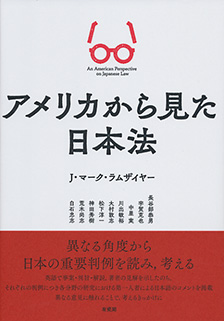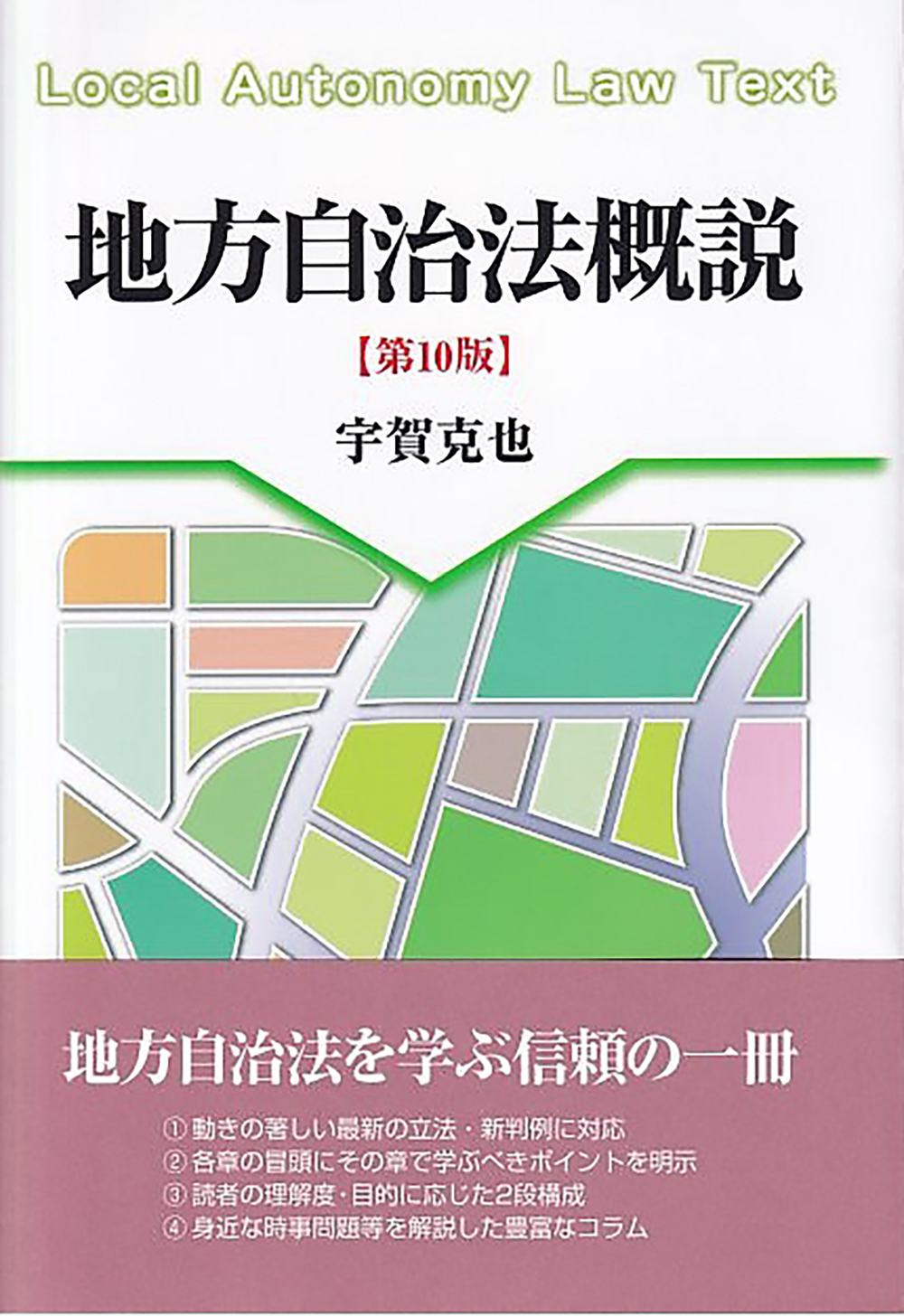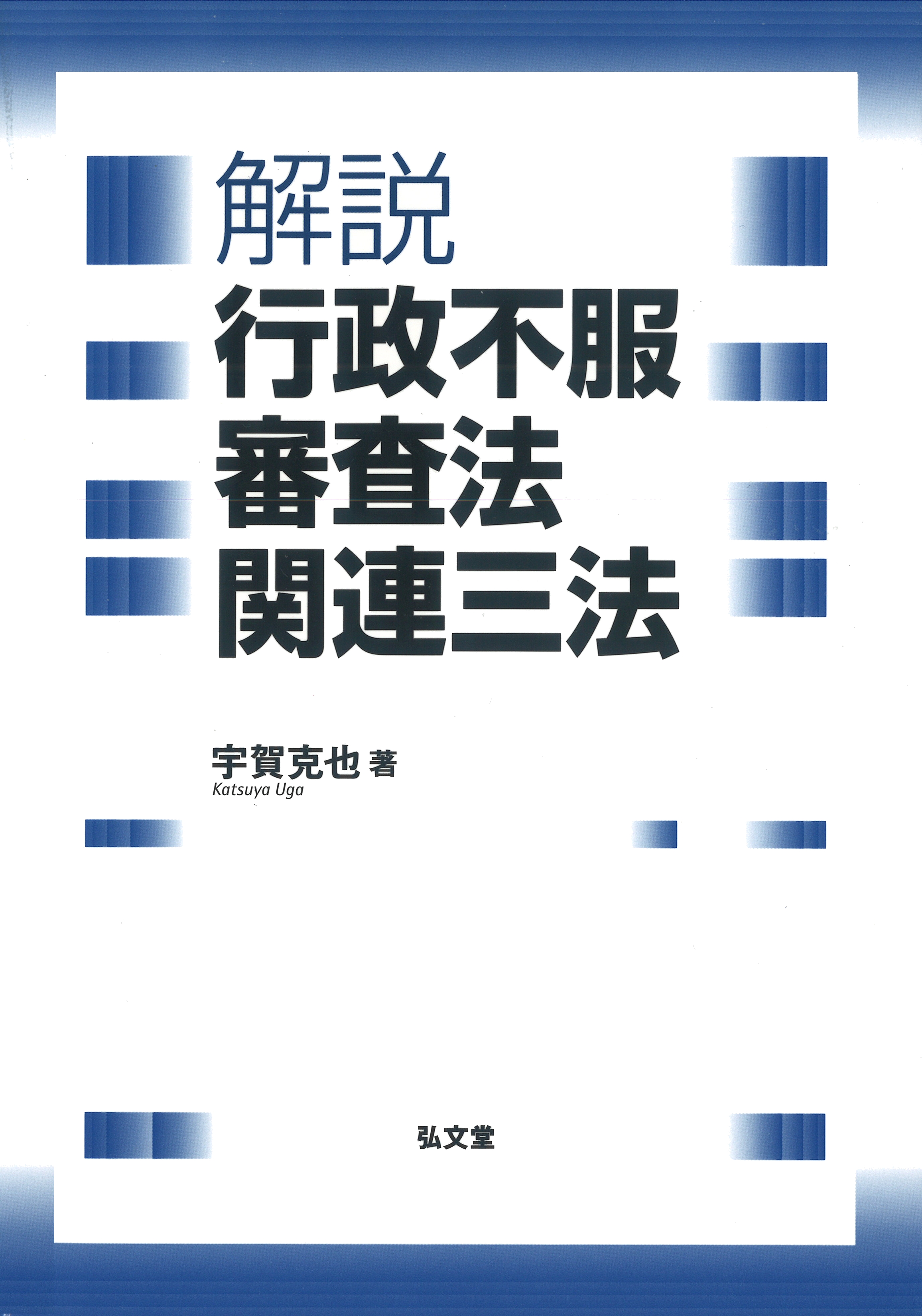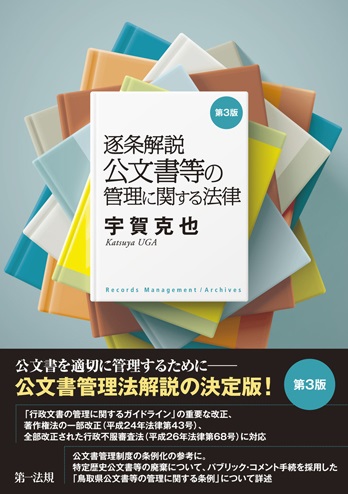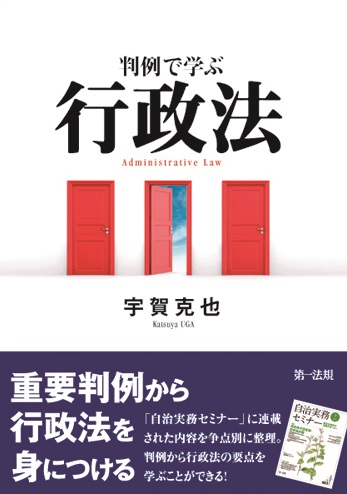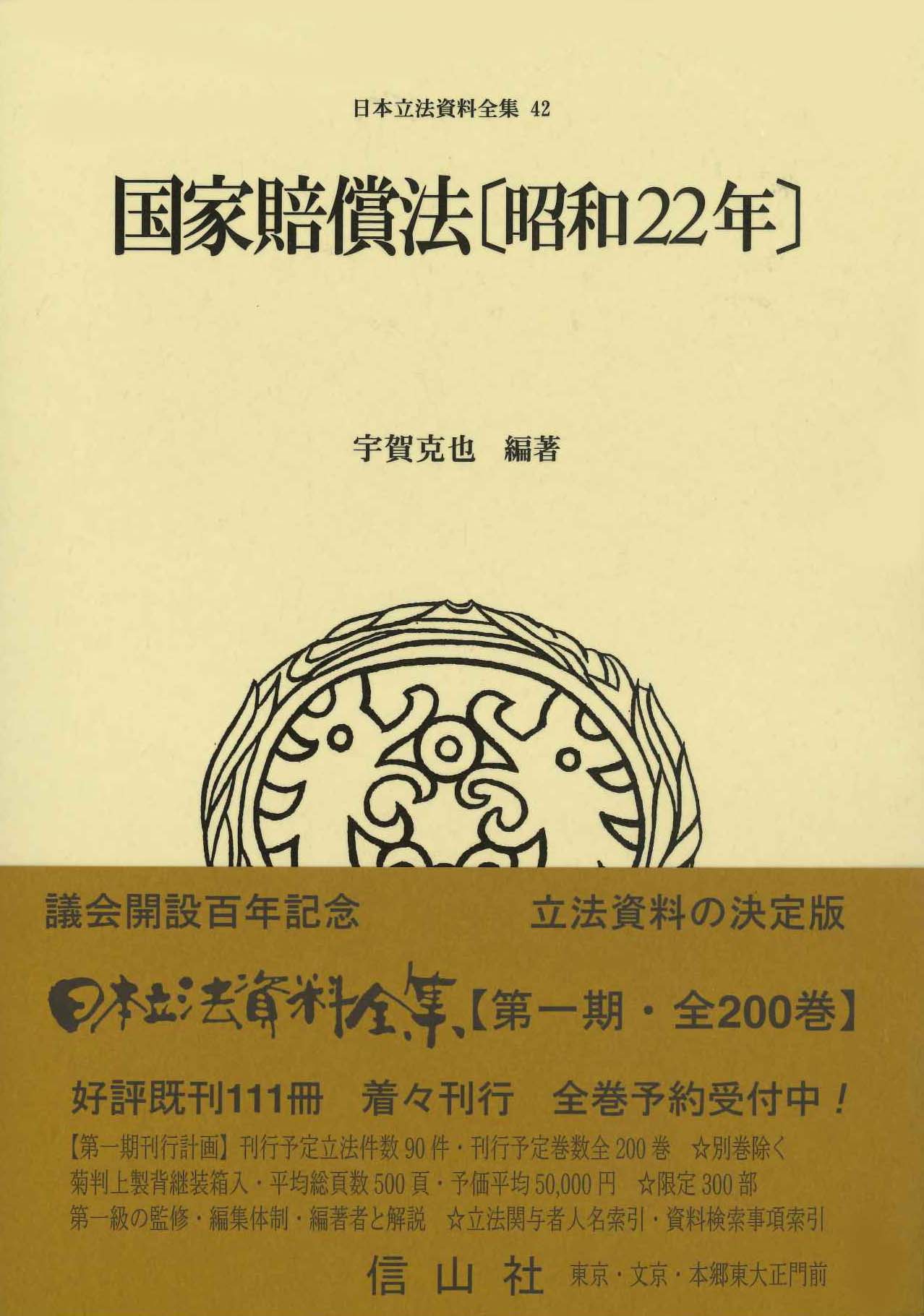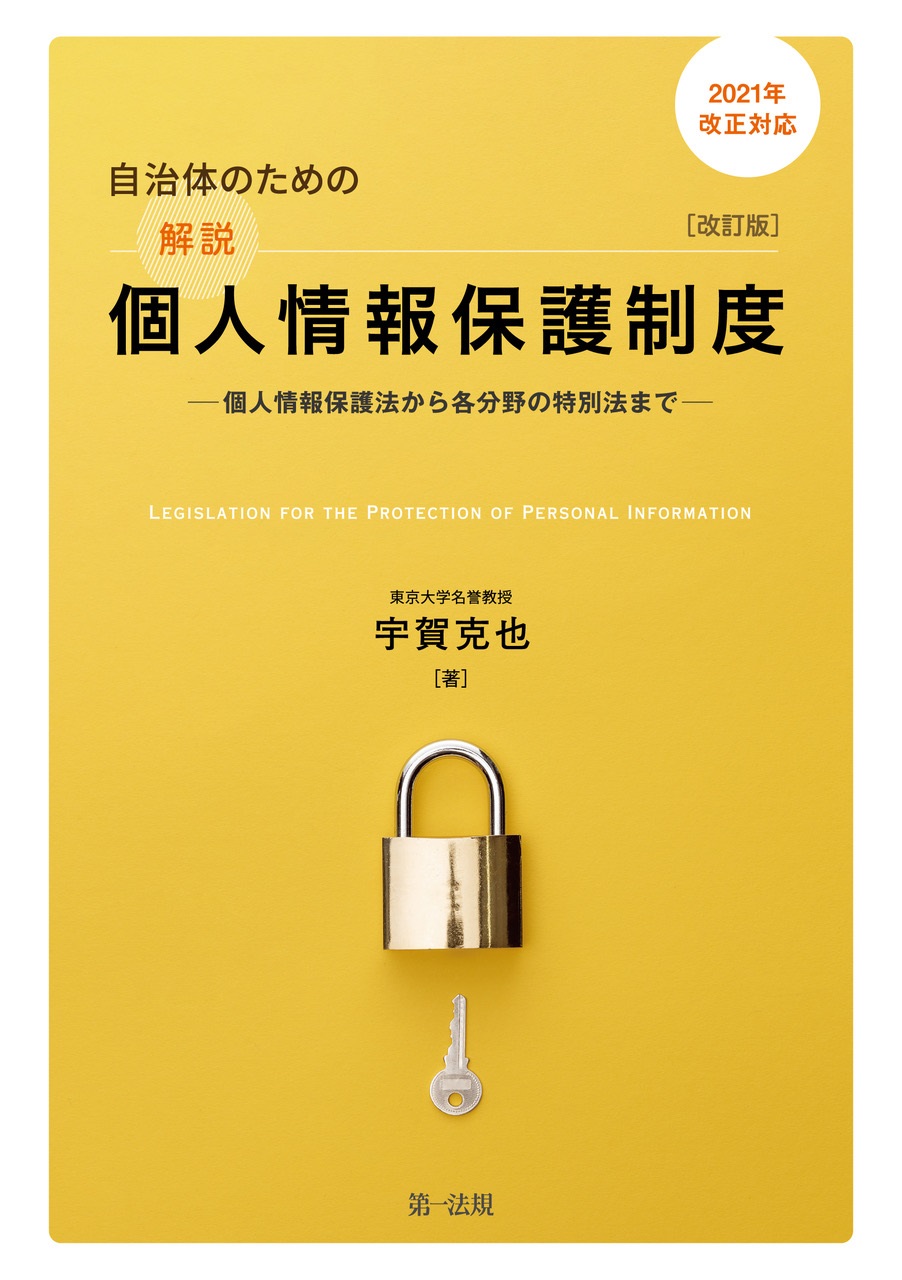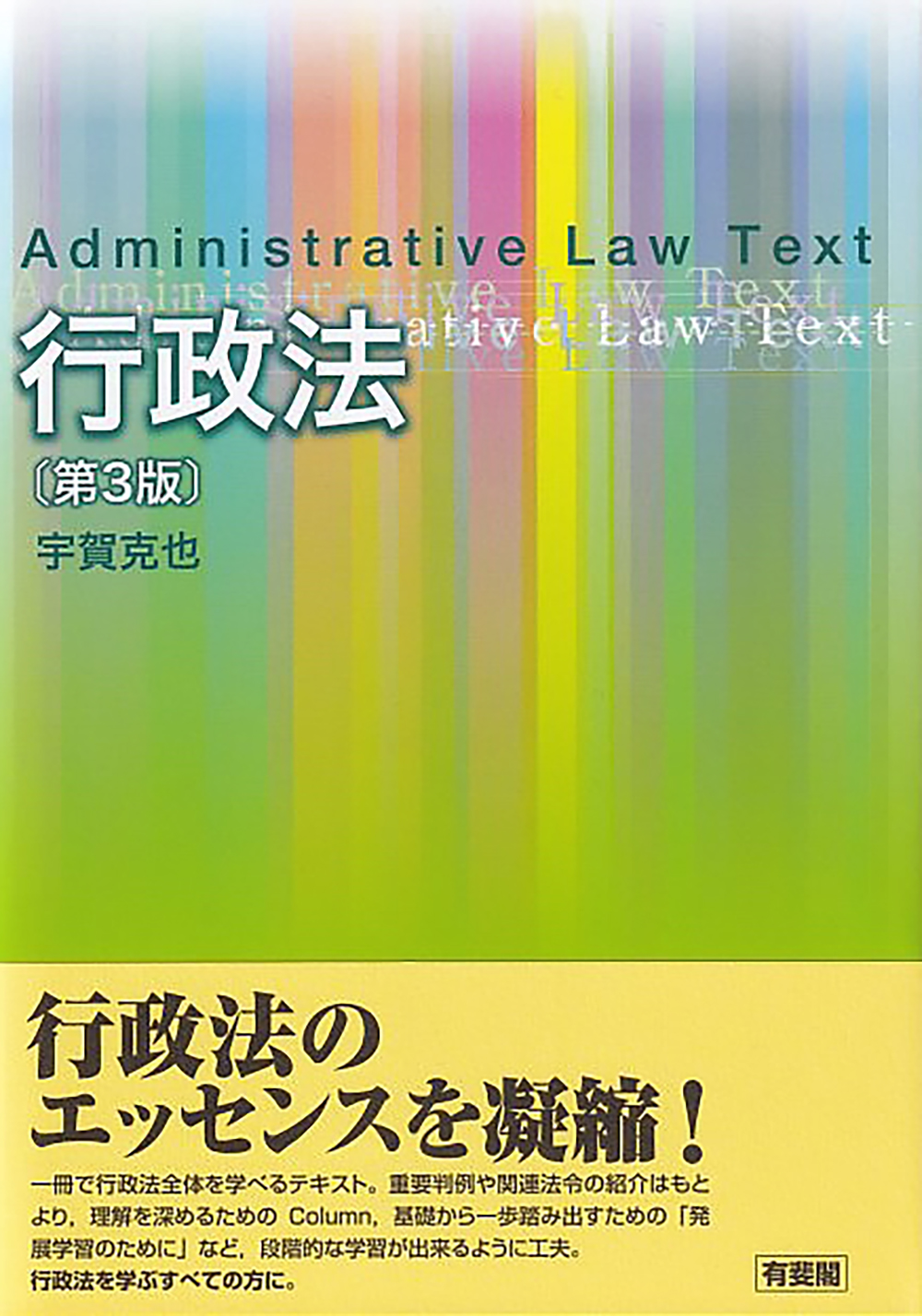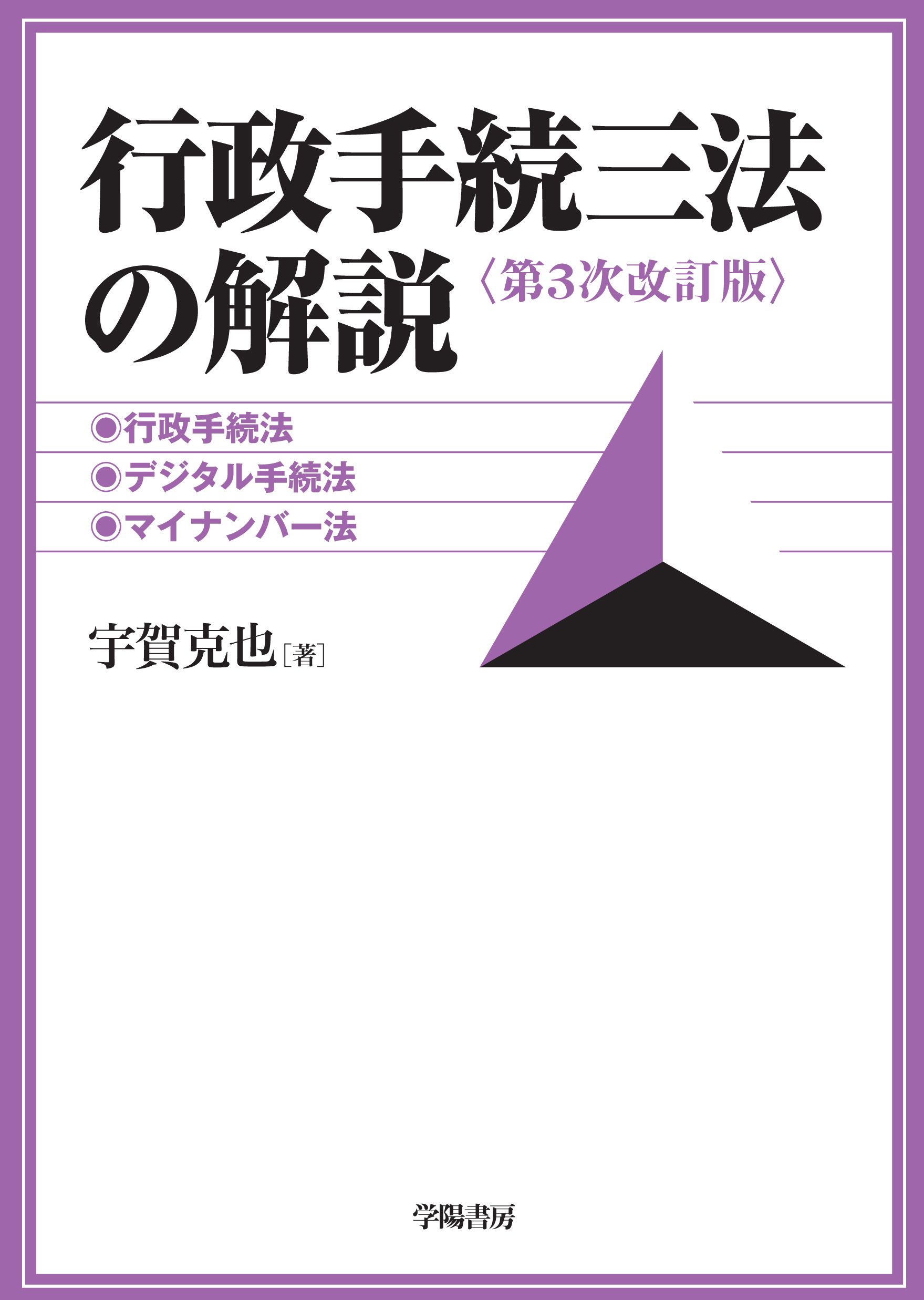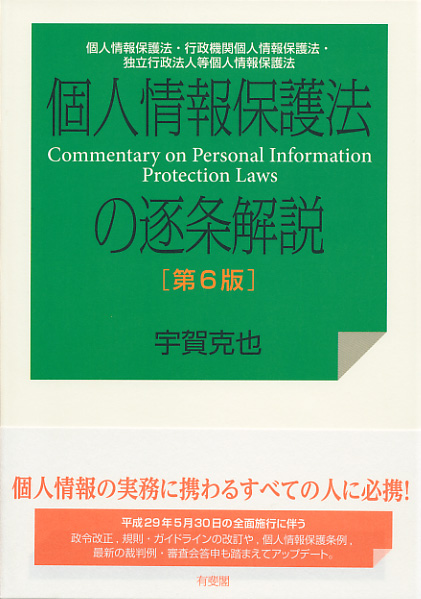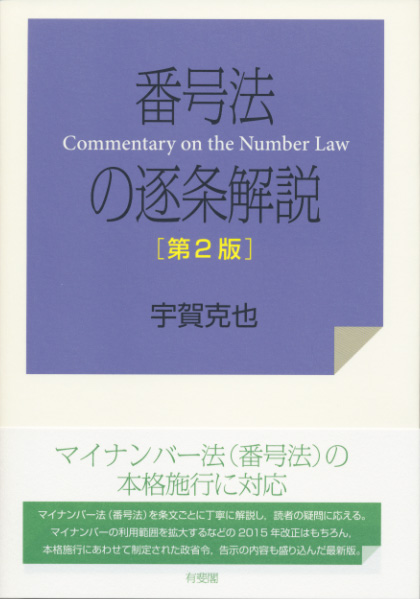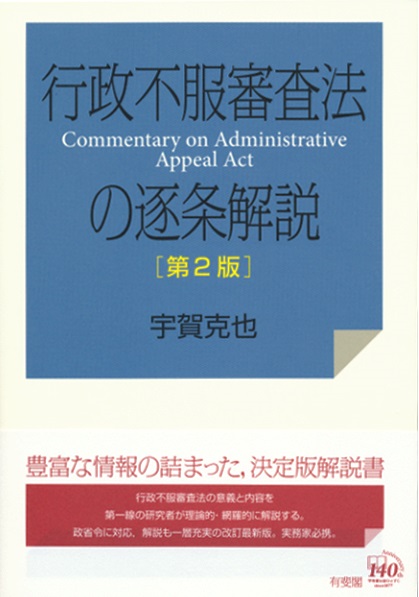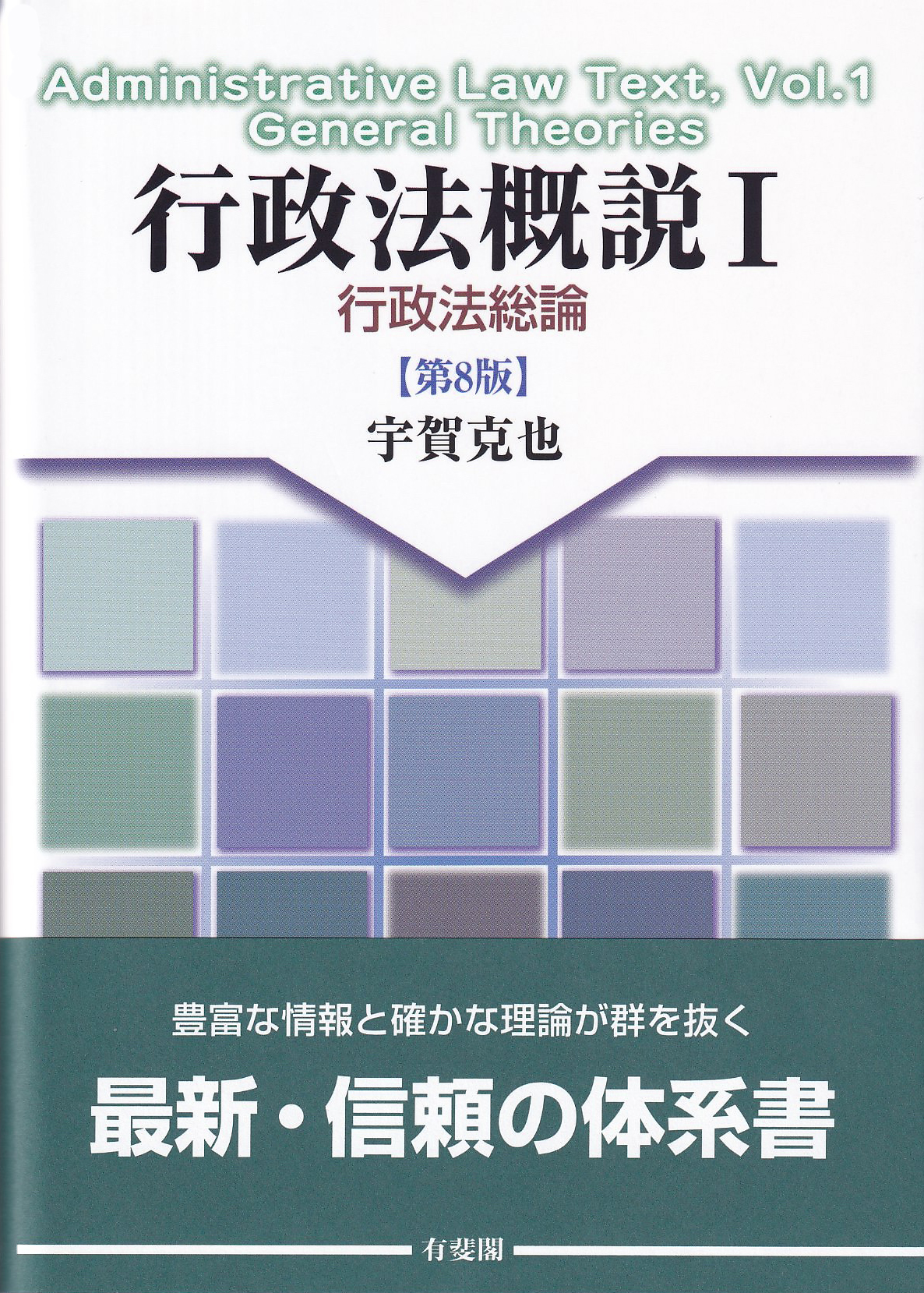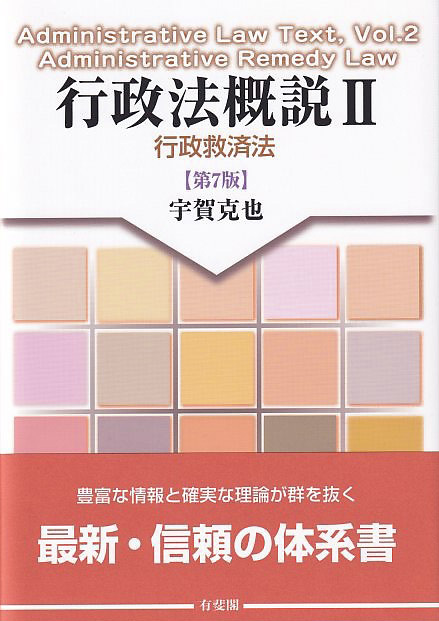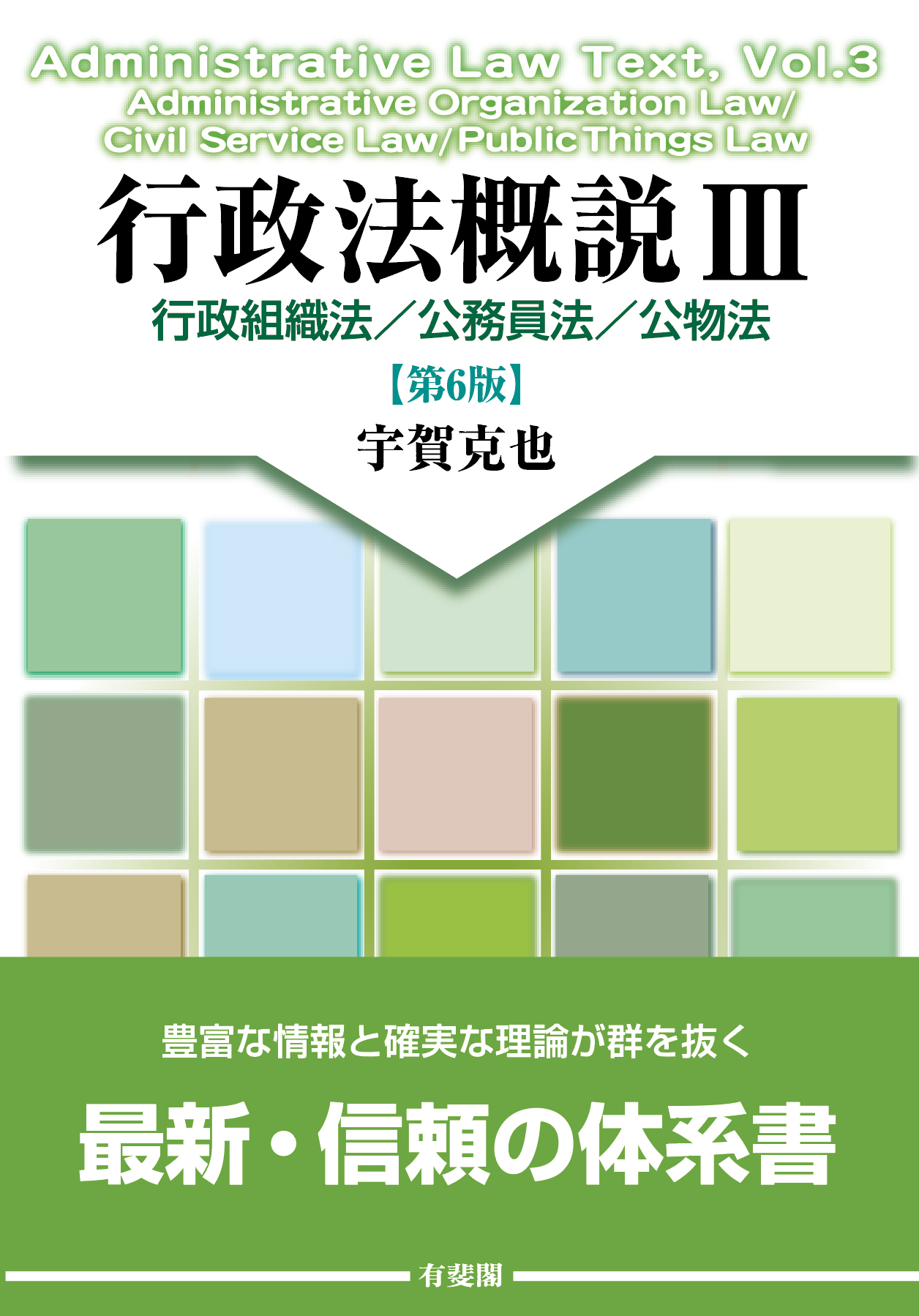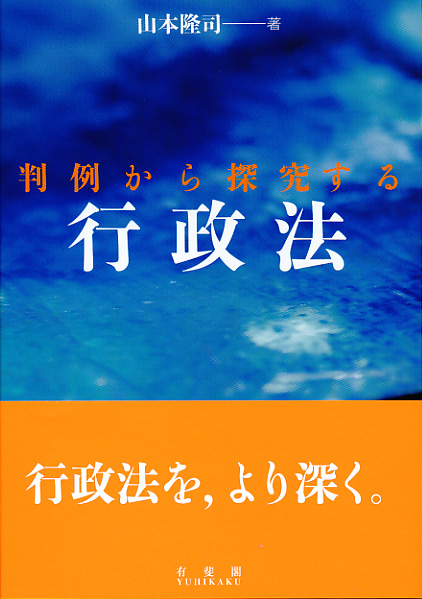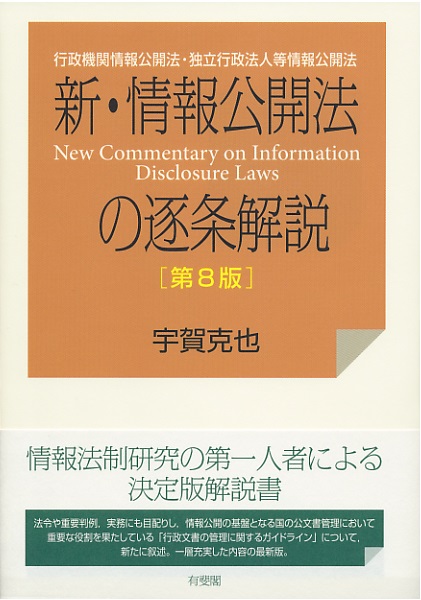
Title
Shin jōhō kōkai hō no chikujō kaisetsu (New Commentary on Information Disclosure Laws [8th Edition]: The Act on Access to Information Held by Administrative Organs, and the Act on Access to Information Held by Independent Administrative Agencies)
Size
366 pages, A5 format, softcover
Language
Japanese
Released
December 15, 2018
ISBN
978-4-641-22757-6
Published by
Yuhikaku Publishing
Book Info
See Book Availability at Library
Misc.
Book info has been updated according to the latest edition (Dec 2018)
Japanese Page
Commentary on the Act on Access to Information was first published in 1999 as a study on the Act on Access to Information Held by Administrative Organs, and it went through two revisions. However, with the passage of the Act on Access to Information Held by Independent Administrative Agencies, the title was changed to New Commentary on Information Disclosure Laws in 2002 to cover both pieces of legislation. In effect, then, this present publication is the 10th edition of Commentary on the Act on Access to Information. Furthermore, 2003 saw the passage of the Act for Establishment of the Information Disclosure and Personal Information Protection Review Board, and so, this publication was expanded to cover all three of these pieces of legislation. While this publication engages in a detailed commentary of both the Act on Access to Information Held by Administrative Organs and the Act for Establishment of the Information Disclosure and Personal Information Protection Review Board, its discussion of the Act on Access to Information Held by Independent Administrative Agencies mainly concentrates on the points in which it differs from the Act on Access to Information Held by Administrative Organs, on the grounds that a thorough understanding of the latter will afford the reader a good grasp of the former. A salient feature of this publication is the way in which it does not limit its discussion to simply explaining the relevant legal texts, but rather expands its coverage to include international trends in information disclosure law, the history of information disclosure law in Japan, the major judicial precedents, reports of the Information Disclosure and Personal Information Protection Review Board, and particular local ordinances on information disclosure. It also extends its coverage to the Act on the Management of Official Documents Etc., which forms the basis of the system of information disclosure law. The discussion of judicial precedents also includes examples involving these local laws on information disclosure. Also, readers wishing to research this area more deeply will find numerous pointers in the citations in the main body of the text.
The most distinctive characteristic of information disclosure law in Japan is the way in which authority in this area is decentralized. The general regulations covering disclosure of the information held by local public bodies include provisions formulated by these bodies themselves, and local information disclosure laws have by now been passed by all local governments at the prefectural level, along with most local governments at the municipal level. These locally adopted laws on information disclosure feature innovative provisions in some cases, but legal creativity and innovations are visible across the board and not only at the level of prefectures, designated metropolises and core cities but also in the information disclosure provisions adopted by ordinary cities and townships. Bearing this in mind, this publication includes a comprehensive survey of local information disclosure laws from the prefectural level down, with more detailed coverage of noteworthy provisions adopted at both the prefectural and municipal levels. It is hoped that the creativity and imagination shown by these local public bodies will in turn offer numerous pointers for thinking through the need for reform of the laws currently adopted at both the national and local levels. At the end of the book, the texts of ten relevant laws and ordinances are given, along with precedents and reports by the Review Board, and the reader is encouraged to make the best use of these reference materials.
(Written by UGA Katsuya, Professor, Graduate Schools for Law and Politics / 2018)



 Find a book
Find a book


 eBook
eBook